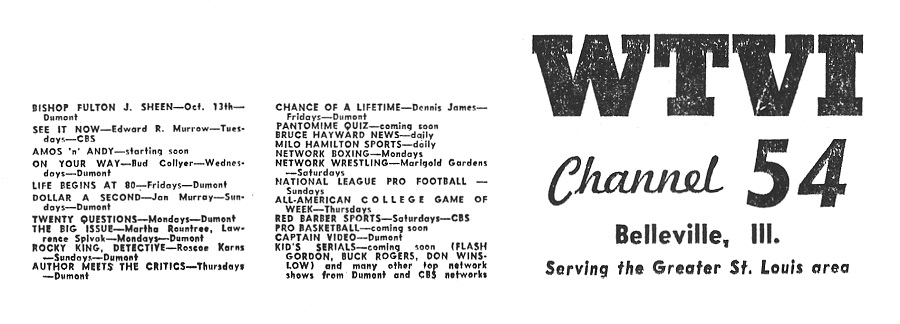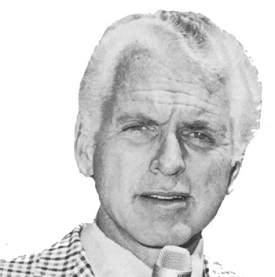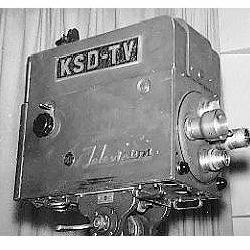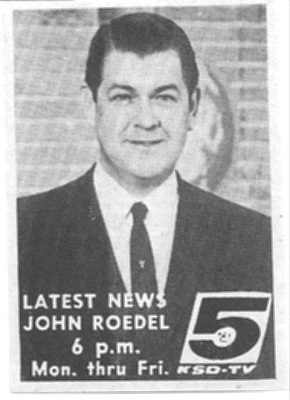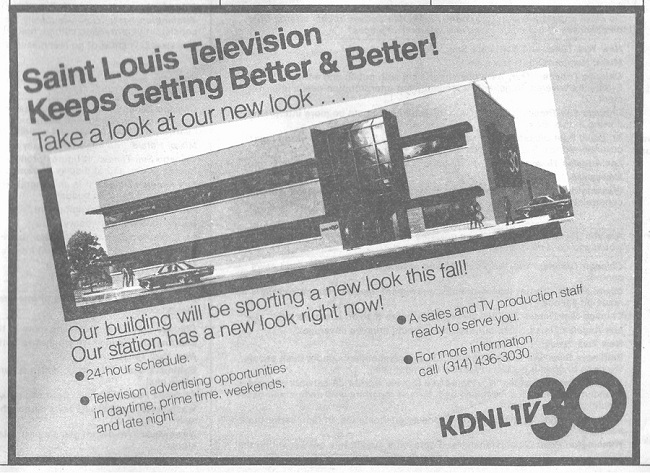Television Articles
An Open Letter
In a Large Newspaper Advertisement, the New UHF Station Addresses Viewers’ Frustrations
WTVI – Channel 54 – went on the air August 10th, only a month ago. Since then we have been flooded with questions about UHF television – questions from people who have converters and from people who don’t but are thinking of buying them, questions from servicemen making UHF conversions; questions from our advertisers.
We have bought the space for this advertisement to answer those questions. We want to tell you what we have done and how we overcame some serious problems.
Frankly, our signal strength – and thus, the picture on your TV screens – was not what it should have been during our first days on the air. We had to cut down our power on a number of occasions. Then we ran into a shortage of vital power tubes.
But today we are operating with rated power output from the antenna of 20,000 watts. Our pictures are coming in strong on television set screens in more than 95% of the Greater St. Louis area. Then, too, many of the early UHF installations were, we realize, hard to make. UHF was new to everybody concerned. By now, the television installers have gained experience. Competent installers, making careful installations with good equipment, are getting good pictures for their customers. Conversions are taking less time and costs are down.
Recently, we asked the nation’s largest service company to find out how WTVI was doing. Here is a report, dated September 3, from the manager of that company’s St. Louis district:
“We immediately made arrangements to have a truck equipped with tower and signal checking facilities to conduct a survey which would encompass the entire St. Louis and Belleville area. The results of that survey were, as you know, very gratifying, to say the least. There was no longer any doubt that WTVI had lived up to their obligation, and were providing the area with a very good UHF signal.
“Since that time we have completed many UHF conversions and installations with excellent results, with the percentage of failure being a small one indeed.”
We also hired the firm of George C. Davis of Washington, D.C., prominent consulting radio engineers, to examine WTVI and UHF in the Greater St. Louis area. The Davis firm has acted as consultants for dozens of television stations. Here is their report, in part:
“The results of a field intensity survey on Television Station WTVI indicate that for operation with rated power output from the transmitter, excellent television signals are provided over the entire St. Louis metropolitan area and environs except in areas receiving immediate shadowing from hills, buildings or other obstructions which receive lower field intensities. Satisfactory pictures are obtainable in these areas where normal care is exercised in the receiver installation, such as the employment of a good and properly located outdoor antenna, the use of a high quality transmission line, and the use of well designed and carefully tuned receiver or converter.”
To sum up, at first, WTVI had the technical difficulties that probably were inevitable with anything as new as UHF. Today we are putting out a first-class television picture with first-class programs.
If you don’t have UHF conversion yourself, look at the set of someone who does. You’ll see what we mean.
There is one vitally important point to remember about UHF television. You must have a proper conversion. In most cases, a proper conversion must include an outside UHF antenna for your set.
Here is what one of the largest service organizations in St. Louis has to say:
“There are very few locations in the 25-mile area surrounding your station where a satisfactory signal cannot be obtained. These specific locations where the signal is weak are usually down in ravines with heavy foliage, hills or buildings obstructing the signal.”
And here is a large electronics distributor talking:
“For the first two weeks of operation, more cuss words were expelled by the TV installers of St. Louis than the Navy personnel emits in a year. But gradually the installers have learned that a careful installation, using good equipment, will produce the finest pictures ever seen in St. Louis in well over 95 per cent of the area.”
You may still have questions about conversion. Any competent service company will, we are sure, be able to answer them.
This, in brief, is our story – a new enterprise, that had problems like any new enterprise. And it is the story of what we did about those problems.
WTVI provides entertainment for the whole family – fine network shows from Dumont and CBS, interesting local programs, top sporting events and feature-length movies.
